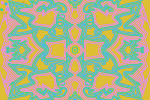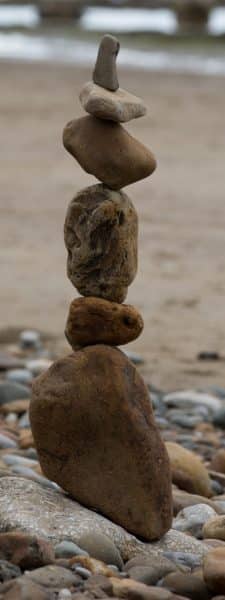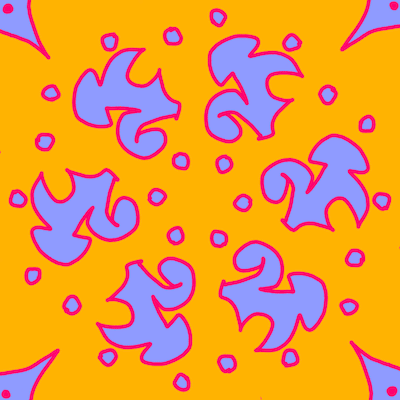But wait!
First some Belly Dance Bundle news!
- There’s ONE MORE DAY to sign up for The awesome Zil Giveaway Multiple sets of zils, and an online class, all worth over $300!
- Get your new FREE Guide: How to Get the Most from Online Classes (sooo relevant for these times!)
- Join this year’s #21DaysOfBellyDance Challenge starts soon! Every day for 21 days, The Bellydance Bundle will be posting one dance drill or exercise and one task for you to complete–and many chances to win MORE prizes!
The Bundle is for sale from October 21st – 28th, and more will be happening as we get closer.
Now on to TAQSIM!
The secret to dancing on taqsim is in this core concept of representing the music.
Embedded within this are other core concepts like making it look as if the music is coming out of our body, that the movement of our body is creating the sounds. So we become this visual representation of the music, and to do that as improvisation, because classically taqsim is improvised in the moment.
Now we have recorded music, so it’s entirely possible to choreograph a taqsim, but that is not really in line with the central precepts of the music and the dance. And these are at the top: the feeling in the moment; improvisation–doing it differently every time; and bringing joy. Taqsim is about all of these. So we train ourselves in intuitive movement–we want the music to come in through our ears and out through our bodies. It is asymmetric, open, and glorious!

Another central quality of Oriental music and dance is this quality of compression and expansion, that taffy-pulling quality that the music has with its sliding bent notes–and we represent that with our bodies. So, a note or phrase might have a lot of compressed energy, and we can represent that by moving slowly with a lot of muscular compression and intention. Another part might be light and quick. Again, we can express those qualities with movement that will be light and quick.
We can also work contrary to the music, in a complimentary way. So maybe the music is light and quick. We may move very slowly and heavily through that passage (music is not the boss of you!) Where the music might be slow and heavy, we might choose to move lightly and quickly, because we’re responding to something in the music that gives us that cue, or because we have created some conceptual framework of our own that provides a context for that contrast.
We represent the music by training our bodies to respond intuitively in the moment.
And we do that, not through drilling, a move, or combination.
We develop that skill by–responding intuitively to music in the moment, particularly music that we don’t even know.
Because it’s a skill and skills are things that we practice and get better at.
We’re used to thinking of our technical skills as more perfectly creating shapes with our bodies, but a central skill of oriental dance is allowing the body to follow the music. Part of the development of that skill is in the dancing, in letting the music come in and letting the body follow it, and seeing what comes out.
It’s not always going to be a pretty picture.
Because we’re learning. Expect mistakes and expect messes when you’re truly learning. Learning takes effort, and feels frustrating. Relish that sense of frustration–it is a sign of success!
Part of developing this skill is listening to the music without trying to dance it at the same time. Listen to many taqasim, let them come into you and let these small, tiny sparks of intuition into the body. Let yourself absorb the music, to feel the timbres of emotion with which the musician has imbued the music.
Let your mind float down the channels and pathways of the music–without the extra added piece of moving, of representing. Just listening, letting your body absorb that music and become familiar with it.
Then let yourself be moved by the music, to the music, with the music. Close your eyes. Focus on how it feels inside, what your body feels as it follows the music.
This is where so much of the art comes into oriental dance, because this learning curve, of following and responding intuitively to the music, never flattens. There is always a delicious, beautiful challenge.
When we work this way, we become less concerned with appearance. I know, if we’re performers, we have to be concerned with our appearance, but bear with me here.
As artists, we become more interested in the inside of the dance.
The inside of the dance includes how it feels in the body. Moving in a way where we take the time to feel and appreciate the contraction and expansion of the muscles, the tendons, as they slide along the bones. The physical sensation of moving in this way, and connecting to the music in this way, is deeply, deeply rich and pleasurable and beneficial to the body and the mind. We can let ourselves become enmeshed in the quality of our movement, the quality and the feeling and the richness. We can embrace all those emotional timbres; we can demonstrate them with the quality of the movement–is it compressed, is it slow, is it fast, is it expansive?
The energy in Oriental dance is always returning inward, inward, inward, inward. The focus of the dance is largely inward. Taqsim in particular is an interoceptive, introspective kind of dance. Even as we bring joy to ourselves through our movement and our connection to the music, witnessing this brings joy to our guests when we perform.
This dance brings joy.
It brings joy and it brings inner peace, and it brings this beautiful sense of connection to ourselves to the music, for kitchen dancers, party dancers, performers, their guests. This, right now, in our challenging world is one of the most important things we can do. All of the disasters compete for our attention. Instead, we must consciously orient to joy, to pleasure, to the good. And it is in this that our dance excels.
Leila Farid once said that the dancer brings their guests to the music like a bridge. We bring that joy to our guests. And we do it expressing with our bodies the joy ad oneness that we feel from responding to the music. Responding.
We don’t just translate the music into the language of the body, we interpret it. The music, like the poetry of its lyrics, is not meant to be “literally” translated, every beat and note articulated. It is meant to be poetry, with all the metaphor, surprise and nuance of poetry.
The goal of the music, of the playing of the music, of all of this stuff, these ideas of tarab, is that everyone is connected in this oneness of musical ecstasy…
That’s our goal.
That’s our goal as dancers.
Not to be admired or show off.
Our goal is this gift that we bring, of joy, of musical ecstasy, of peace, of oneness.
We bring joy.
THE root skill of dancing on Taqsim is the ability to improvise with ease.
Effortless Improvisation is designed for this.
It runs 6 weeks, from October 11-Nov 21.
Registration opens today.
AliaThabit.com/Effortless
I look forward to dancing with you.
Love
Alia






No comment yet, add your voice below!